Protein Phosphatase Protocols Contents
Chapter 1: Analysis of Protein Phosphatases: Toolbox For Unraveling Cell Signaling Networks
Chapter 2: A Brief Introduction to the Protein Phosphatase Families
Chapter 3: Small-Molecule Inhibitors of Ser/Thr Protein Phosphatases: Specificity, Use, and Common Forms of Abuse
Chapter 4: Synthesis and Use of the Protein Phosphatase Affinity Matrices Microcystin–Sepharose and Microcystin–Biotin–Sepharose
Chapter 5: Utilizing Protein Phosphatase Inhibitors to Define PP2A as a Regulator of Ataxia-Telangiectasia Mutated (ATM)
Chapter 6: An Automated Fluorescence-Based Method for Continuous Assay of PP2A Activity
Chapter 7: An In Vivo Assay to Quantify Stable Protein Phosphatase 2A (PP2A) Heterotrimeric Species
Chapter 8: Mutagenesis and Expression of the Scaffolding Aα and Aβ Subunits of PP2A: Assays for Measuring Defects in Binding of Cancer-Related Aα and Aβ Mutants to the Regulatory B and Catalytic C Subunits
Chapter 9: Isolation and Characterization of PP2A Holoenzymes Containing FLAG-Tagged B Subunits
Chapter 10: Purification of PP2A Holoenzymes by Sequential Immunoprecipitation with Anti-Peptide Antibodies
Chapter 11: Purification of PP2Ac from Bovine Heart
Chapter 12: Visualization of Intracellular PP1 Targeting Through Transiently and Stably Expressed Fluorescent Protein Fusions
Chapter 13: Yeast Two-Hybrid Screens To Identify Drosophila PP1-Binding Proteins
Chapter 14: Identification of Cellular Protein Phosphatase-1 Regulators
Chapter 15: Assay for Three-Way Interaction of Protein Phosphatase-1 (Glc7) with Regulatory Subunits Plus Phosphatase Inhibitor-2
Chapter 16: Phosphorylation of the Protein Phosphatase Type 1 Inhibitor Protein CPI-17 by Protein Kinase C
Chapter 17: Purification of Smooth Muscle Myosin Phosphatase Using a Thiophosphorylated Myosin Light-Chain-Affinity Resin
Chapter 18: Proteins Interacting with Saccharomyces cerevisiae Type 1 Protein Phosphatase Catalytic Subunit Identified by Single-Step Affinity Purification and Mass Spectrometry
Chapter 19: Expression of Protein Histidine Phosphatase in Escherichia coli, Purification, and Determination of Enzyme Activity
Chapter 20: The Use of RNA Interference to Analyze Protein Phosphatase Function In Mammalian Cells
Chapter 21: Recognition of a PP2C Interaction Motif in Several Plant Protein Kinases
Chapter 22: Use of Yeast Genetic Tools to Define Biological Roles of Novel Protein Phosphatases
Chapter 23: Targeting of PP2C in Budding Yeast
Chapter 24: Phosphatase Targets in TOR Signaling
Chapter 25: Functional Characterization of the Small CTD Phosphatases
Chapter 26: Genome-Scale Discovery and Characterization of Class-Specific Protein Sequences: An Example Using the Protein Phosphatases of Arabidopsis thaliana
Chapter 27: Yeast Substrate-Trapping System for Isolating Substrates of Protein Tyrosine Phosphatases
Index
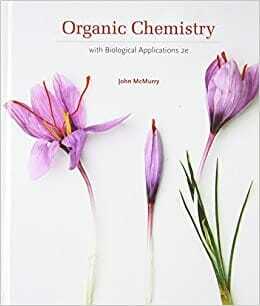


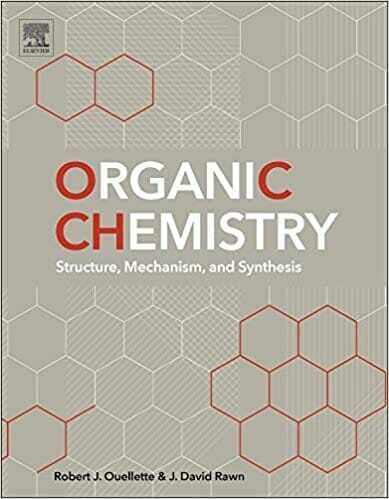

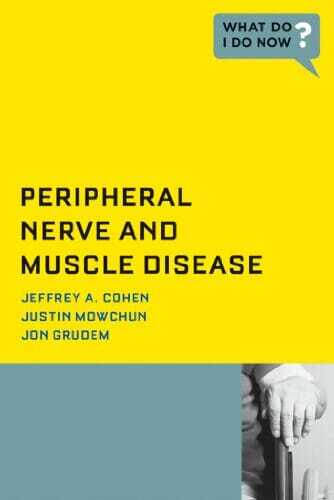
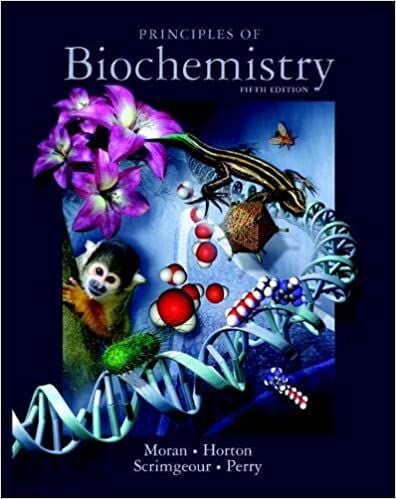
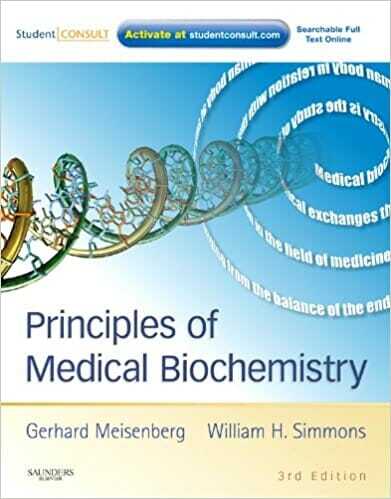
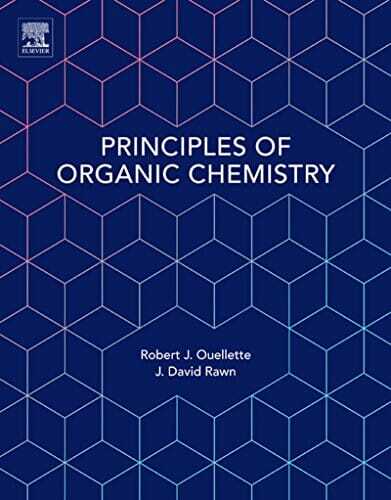
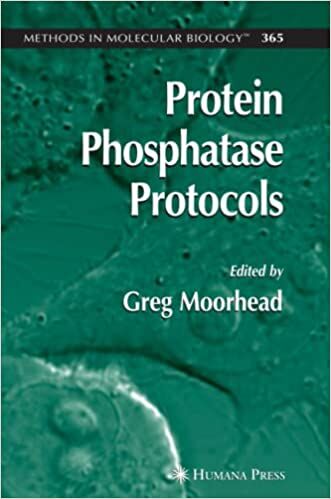
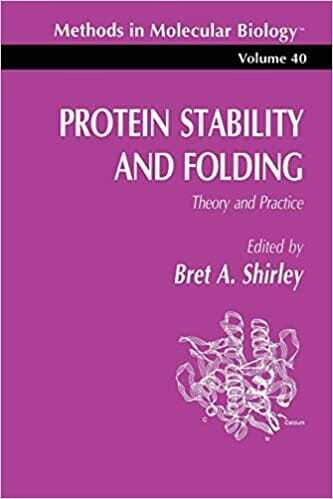
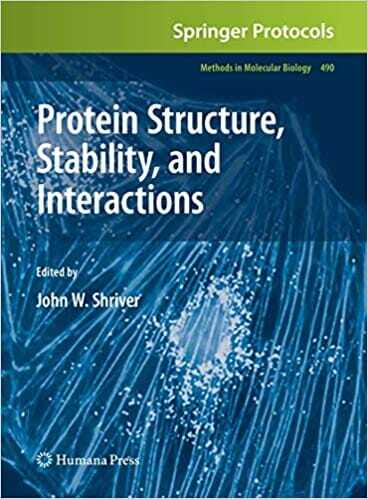





![Textbook of Veterinary Diagnostic Radiology 8th Edition [PDF+Videos+Quizzes] Thrall’s Textbook of Veterinary Diagnostic Radiology, 8th edition PDF](https://www.vet-ebooks.com/wp-content/uploads/2019/09/textbook-of-veterinary-diagnostic-radiology-8th-edition-100x70.jpg)


![Ettinger’s Textbook of Veterinary Internal Medicine 9th Edition [PDF+Videos] Ettinger’s Textbook of Veterinary Internal Medicine 9th Edition [True PDF+Videos]](https://www.vet-ebooks.com/wp-content/uploads/2024/10/ettingers-textbook-of-veterinary-internal-medicine-9th-edition-100x70.jpg)





